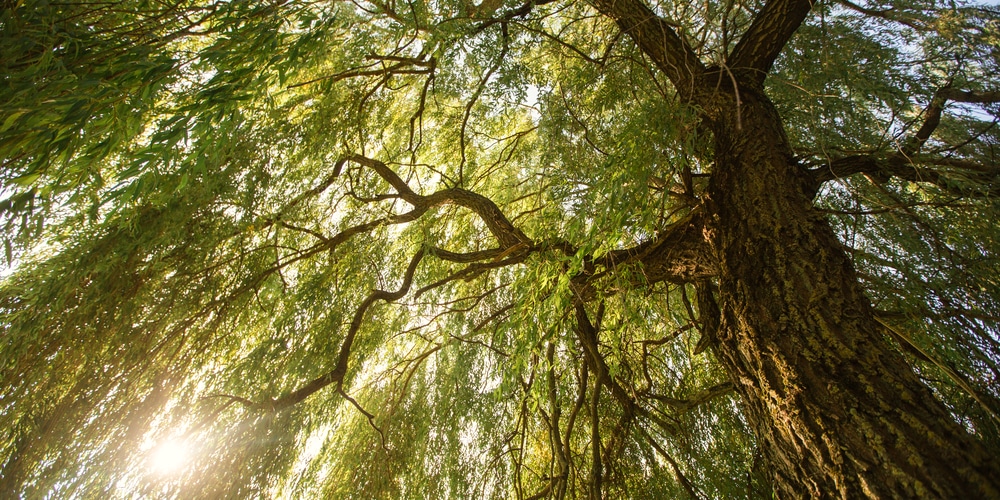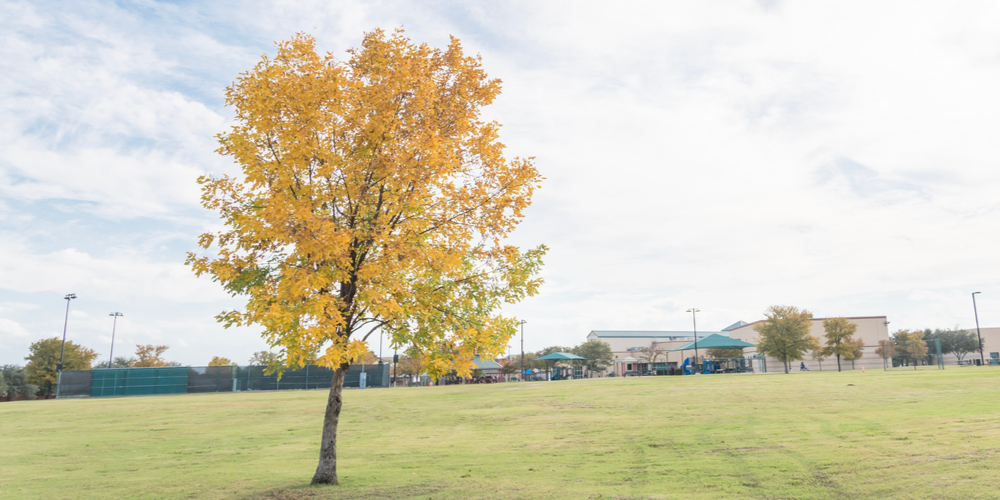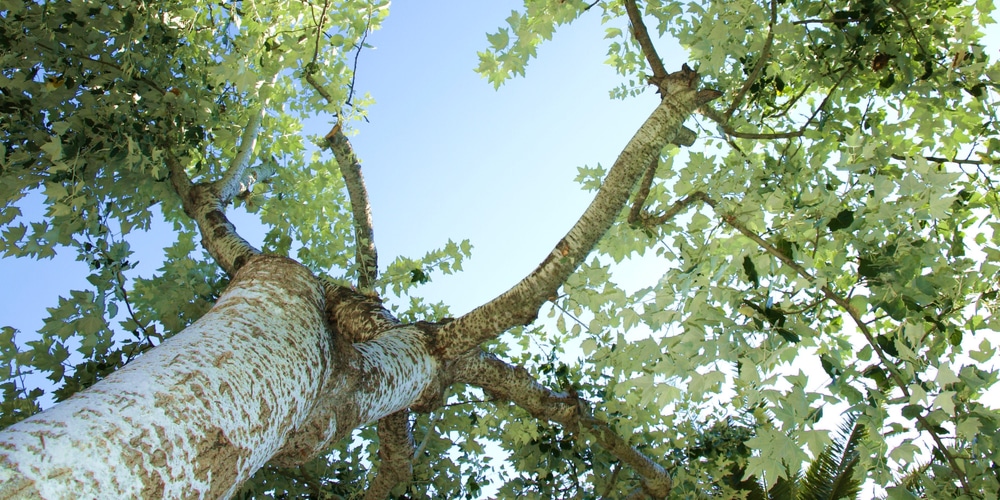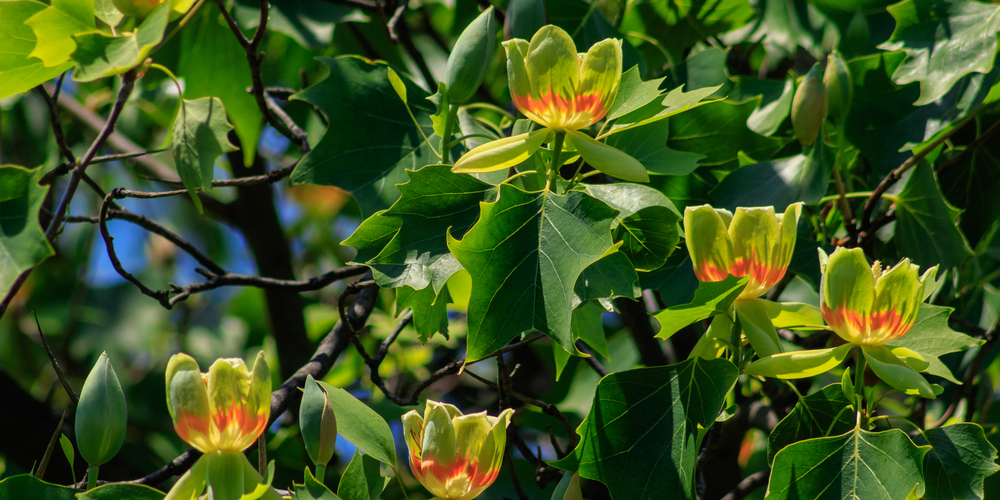Like most people, you probably don’t think about trees and sewers very often. But if you have a sewer line, you should be aware of it. Certain types of trees can cause severe damage to your sewer lines, and in some cases, they can even block them completely.
This blog post will discuss the worst trees for sewer lines and how to avoid them!
What Are The Worst Trees For Sewer Lines, And Why Are They So Bad?
Willow Shrubs
Japanese willow shrubs and weeping willow trees are two types of willow shrubs that are bad for plumbing and sewer lines. Their roots can penetrate and breakthrough sewer lines and sidewalks, which can cause serious damage.
In addition, the leaves of these shrubs can clog drains and gutters, leading to flooding. As a result, it is essential to plant willow shrubs away from plumbing and sewer lines.
If you have willow shrubs on your property, trim their roots regularly to prevent them from causing damage.
Elm trees
Elm trees are popular for many landscapers due to their beautiful shade and hardiness. However, one downside to planting elm trees is that they can wreak havoc on your plumbing and sewer lines.
The roots of these trees grow quickly and aggressively, and they have been known to break through sewer pipes in search of water. In addition, the leaves of elm trees are very broad, which can block rain gutters and downspouts, leading to flooding and water damage.
If you have elm trees on your property, it is important to have them regularly inspected by a tree service to ensure that they are not causing any damage to your home.
Poplar trees
The roots of these trees grow quickly and aggressively, and they tend to invade and clog pipes. In some cases, the damage caused by these trees can be so severe that it requires expensive repairs or even complete replacement of the affected lines.
For this reason, it is important to do your research before planting any trees on your property, especially if you have an existing sewer or plumbing system.
Tulip trees
The tulip tree is a beautiful and majestic species that can grow up to 100 feet tall. However, despite its beauty, many homeowners and plumbers consider the tulip tree a nuisance species.
The roots of the tulip tree are very aggressive, and they can quickly invade and damage sewer lines and other underground plumbing. In addition, the heavy branches of the tulip tree are prone to falling, and they can cause significant damage to homes and property.
As a result, many homeowners avoid planting tulip trees on their property.
Beech trees
You might not think twice about planting a beech tree in your yard, but did you know that they can cause serious damage to plumbing and sewer lines?
The roots of beech trees grow very long and very strong, and they’re known for seeking out water sources. This can result in the roots growing into sewer lines and water pipes, causing blockages and leaks.
In addition, the roots can also break through concrete foundations, weakening the structure of your home.
What Can You Do To Prevent Damage To Your Sewer Line Caused By These Trees?
The best way to prevent damage to your sewer line caused by these trees is to avoid planting them on your property. However, if you already have these trees on your property, there are some things you can do to minimize the damage they cause.
For example, you can regularly trim the roots of willow shrubs and elm trees to prevent them from growing into sewer lines. You can also have your trees inspected regularly by a tree service to ensure that they are not causing any damage to your home.
Worst trees for sewer lines: Conclusion
In conclusion, it is important to be aware of the worst trees for sewer lines and how to avoid them. These trees can cause serious damage to your plumbing and sewer system, leading to flooding and water damage.
If you have these trees on your property, it is important to take steps to prevent them from causing damage.
Trimming their roots regularly and having them inspected by a tree service are two of the best ways to protect your home from the potentially damaging effects of these trees.




